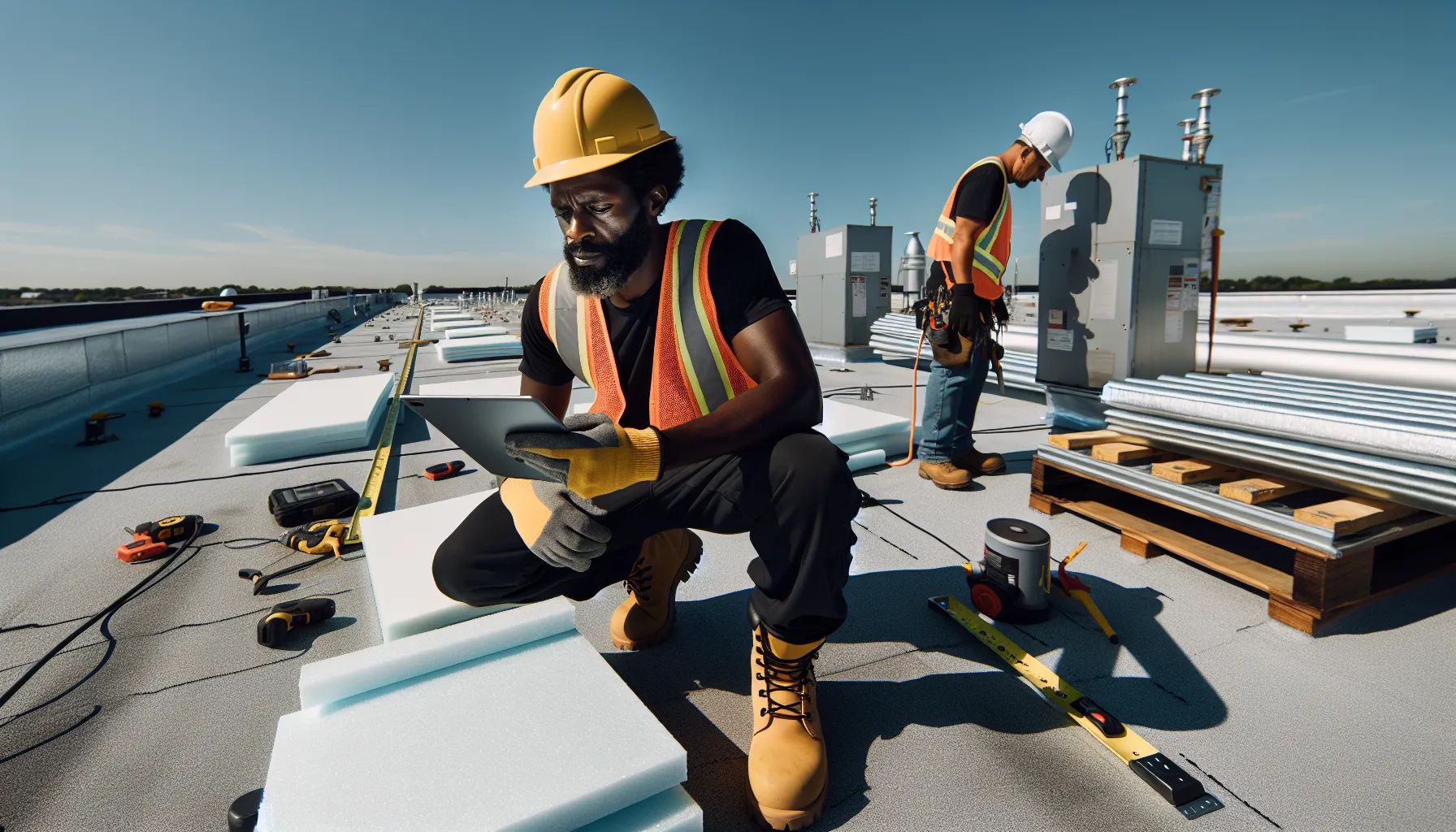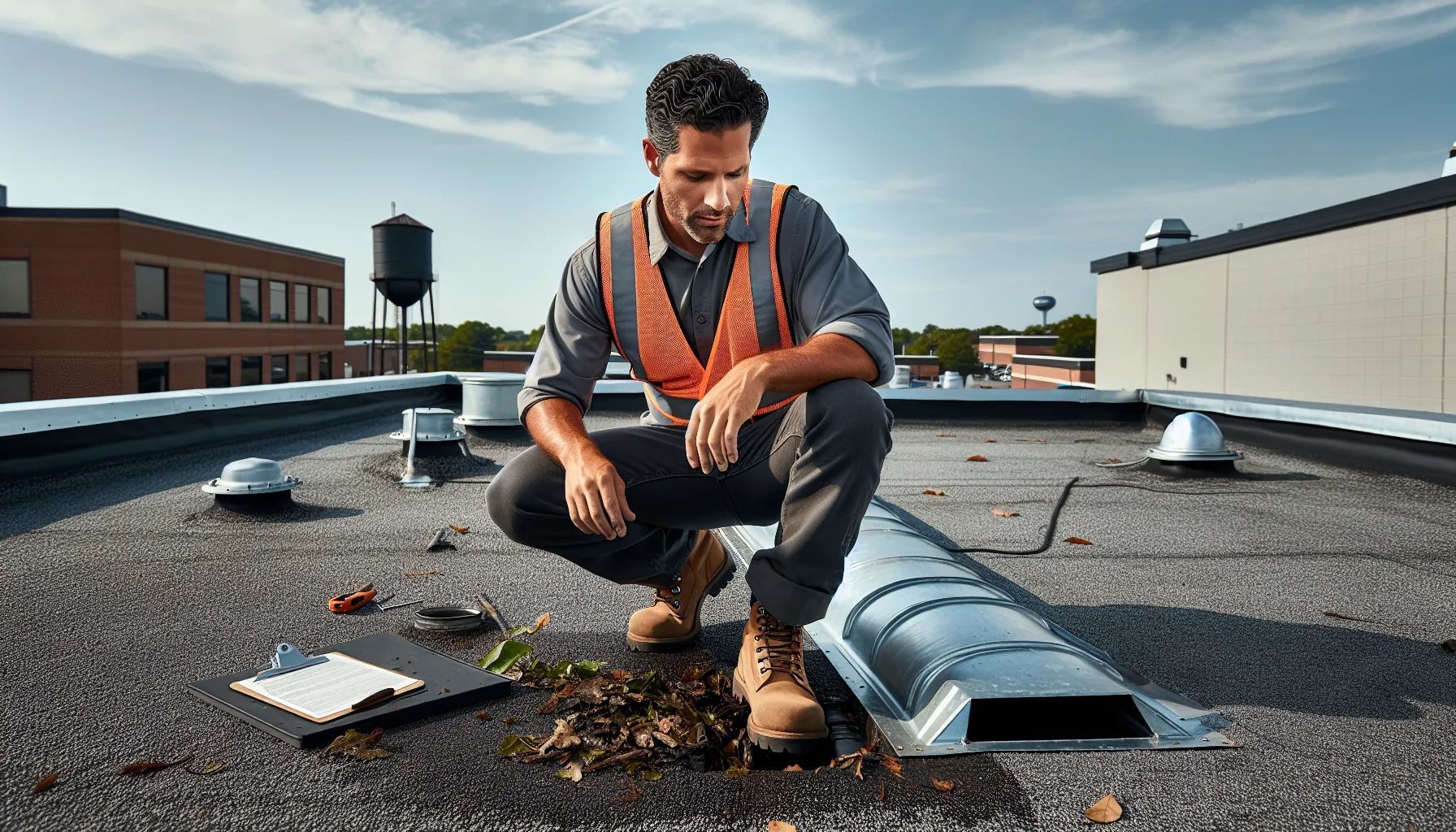Do Solar Panels Void Roof Warranty? What Homeowners Need to Know
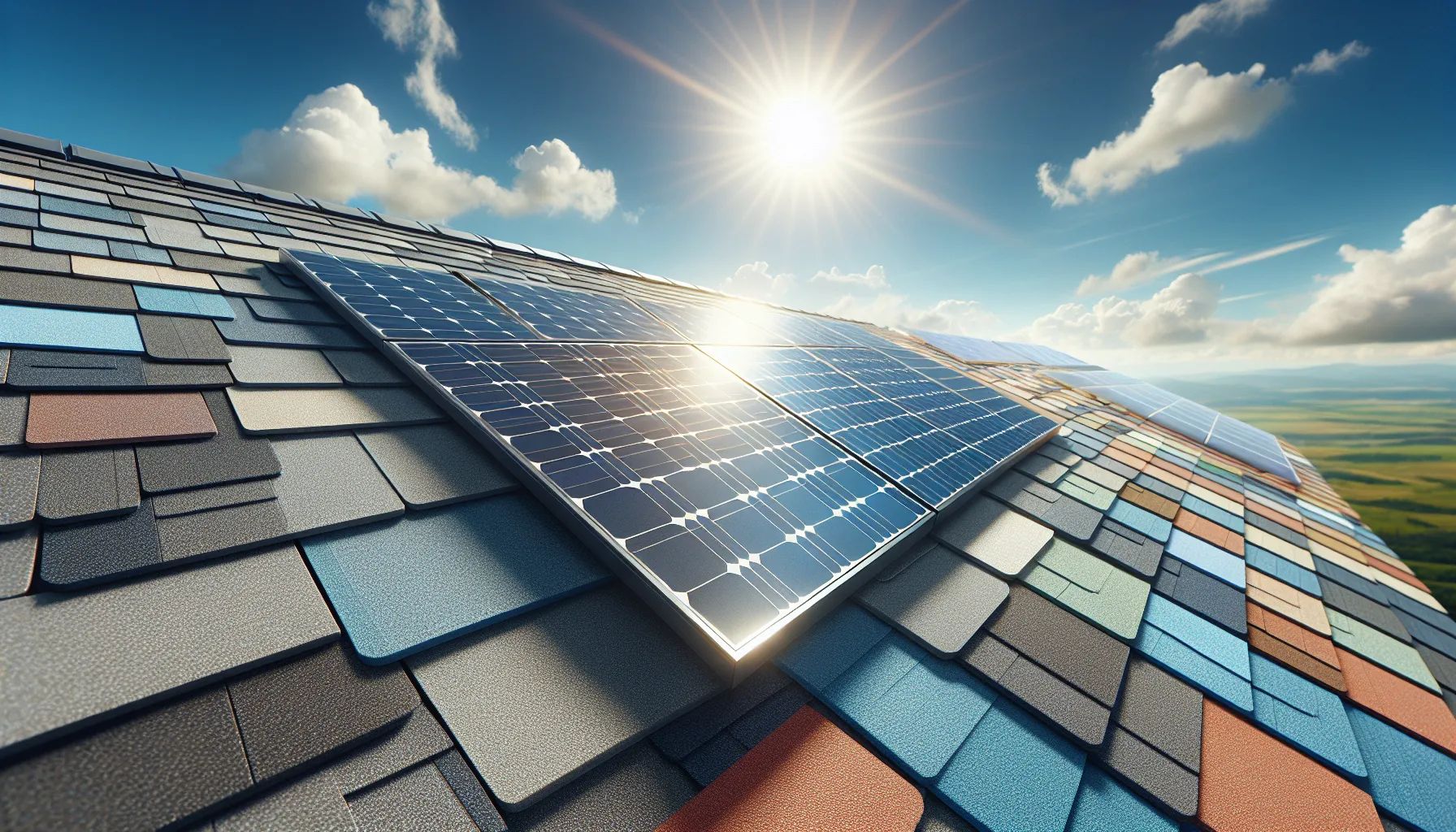
When we're considering solar panels for our homes one critical question often stops us in our tracks: do solar panels void roof warranty? It's a valid concern that deserves a thorough answer before we make this significant investment.
We've discovered that the relationship between solar installations and roof warranties isn't as straightforward as we might think. While some homeowners worry about losing their roof coverage entirely others find that proper installation actually protects their warranty rights. The truth lies somewhere in between and depends on several key factors.
Throughout this article we'll explore what major roofing manufacturers say about solar installations how installation methods impact warranty coverage and what steps we can take to protect our investment. We'll also reveal the surprising ways that solar panels might actually benefit our roofs when installed correctly.
Understanding Roof Warranties and Solar Panel Installation
Roof warranties protect your investment in your home's most critical defense against weather. Solar panel installation can affect these warranties depending on the specific terms and installation methods used.
Types of Roof Warranties
Roofing manufacturers offer two primary warranty categories: material warranties and workmanship warranties. Material warranties cover defects in shingles, tiles, or metal panels for 20-50 years. Workmanship warranties protect against installation errors for 2-10 years through the roofing contractor.
Enhanced warranties combine both coverage types. These comprehensive plans extend protection to 25-50 years and include labor costs. Manufacturers like GAF, CertainTeed, and Owens Corning offer these premium warranties when certified contractors install their complete roofing systems.
Commercial roof warranties differ from residential coverage. NDL (No Dollar Limit) warranties provide the strongest commercial protection. These warranties require annual inspections and proper maintenance documentation.
Common Warranty Terms and Conditions
Warranty coverage depends on proper installation by authorized contractors. Manufacturers require specific installation procedures, approved materials, and adequate ventilation systems. Penetrations through the roof membrane must follow manufacturer guidelines to maintain coverage.
Exclusions typically include damage from:
- Improper maintenance
- Structural movement
- Ponding water beyond 48 hours
- Unauthorized modifications
- Acts of God exceeding specified wind speeds
Regular inspections preserve warranty validity. Most manufacturers require professional inspections every 1-2 years. Documentation of these inspections proves compliance with warranty terms.
Transfer restrictions apply to most warranties. Original owners receive full coverage while subsequent owners get reduced terms. Some manufacturers allow one warranty transfer for a fee ranging from $100-$500.
Notification requirements demand prompt action. Property owners must report defects within 30 days of discovery. Claims must include photos, receipts, and detailed damage descriptions.
How Solar Panel Installation Can Impact Your Roof Warranty

Solar panel installation affects roof warranties primarily through the mounting process and added structural load. We'll examine the specific factors that determine whether your warranty remains intact after solar installation.
Penetrations and Mounting Systems
Solar panels require mounting rails attached to your roof through drilled holes. These penetrations create potential entry points for water if not properly sealed. Correct installation involves waterproofing each penetration point with appropriate flashing and sealants that meet roofing manufacturer specifications.
Professional installers use specialized mounting systems designed to minimize roof damage. Rail-based systems distribute weight across multiple attachment points. Ballasted systems avoid penetrations entirely on flat roofs. Each mounting bracket requires precise placement to align with roof rafters for structural support.
Improper sealing techniques cause most warranty issues. Installers must apply compatible sealants around each penetration. Flashing components redirect water away from mounting points. Regular inspections ensure these seals remain intact throughout the solar system's 25-30 year lifespan.
Roofing manufacturers often specify approved mounting methods in warranty documentation. Following these guidelines preserves warranty coverage. Documentation of proper installation procedures provides evidence if warranty claims arise later.
Weight and Structural Considerations
Residential solar panels add 2-4 pounds per square foot to your roof load. A typical 20-panel system weighs approximately 800 pounds distributed across the mounting area. Modern roof structures support this additional weight when properly installed.
Roof age significantly impacts solar installation decisions. Installing panels on roofs with less than 10 years of remaining life creates future complications. Removing panels for roof replacement costs $1,500-$3,000. New roofs provide optimal conditions for solar installation.
Structural evaluations determine load-bearing capacity before installation. Engineers assess rafter spacing, decking condition, and overall roof integrity. Reinforcement may be necessary for older homes or those with previous structural modifications.
Weight distribution patterns affect warranty coverage. Concentrated loads in small areas stress roofing materials. Professional installers calculate optimal panel placement to distribute weight evenly. This approach prevents premature wear and maintains warranty protection.
When Solar Panels May Void Your Roof Warranty
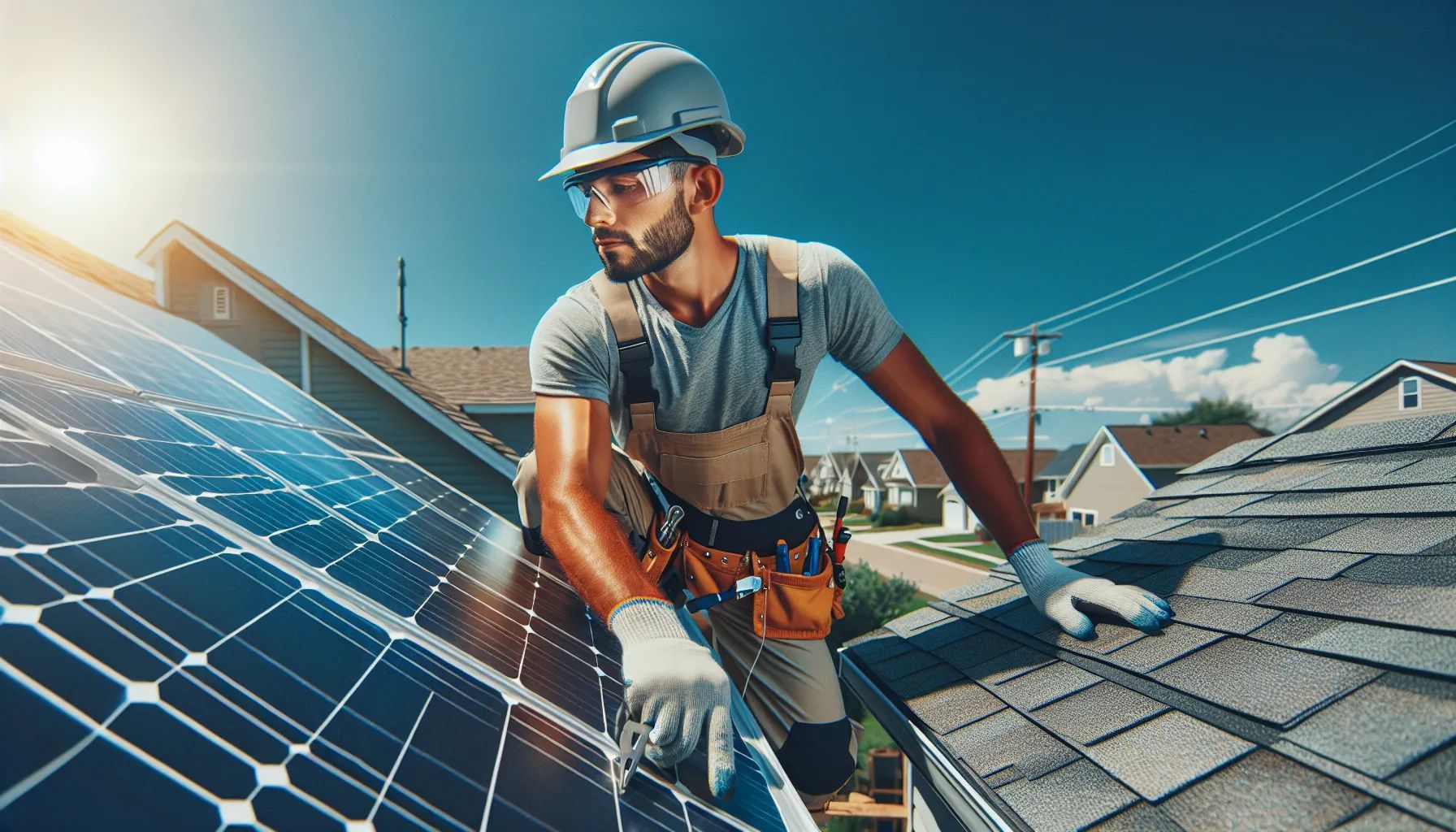
Solar panel installation can void your roof warranty under specific circumstances that violate manufacturer guidelines or damage roofing materials. We'll examine the critical factors that determine whether your warranty remains valid after solar panel installation.
Improper Installation Issues
Incorrect solar panel installation represents the primary cause of voided roof warranties. Installation errors occur when solar contractors fail to follow roofing manufacturer specifications for mounting systems and penetration methods.
Common installation mistakes include:
- Drilling holes in wrong locations (e.g., through shingle tabs instead of designated mounting zones)
- Using incompatible flashing materials with existing roofing systems
- Creating excessive penetrations beyond manufacturer limits
- Damaging underlayment or waterproof membranes during drilling
Professional solar installers prevent warranty issues by following manufacturer-approved installation methods. Certified installers use specialized mounting brackets that distribute weight properly across roof structures. They apply appropriate sealants around penetrations to maintain waterproof barriers.
Roofing manufacturers typically specify exact requirements for solar installations. GAF requires installers to use specific flashing kits with their shingle systems. CertainTeed mandates minimum distances between mounting points. These specifications protect both warranty coverage and roof integrity.
Documentation of proper installation procedures proves essential for warranty claims. We recommend obtaining written confirmation from installers that they followed all manufacturer guidelines during installation.
Unauthorized Modifications
Making roof modifications without warranty provider approval automatically voids most roofing warranties. Unauthorized changes include drilling penetrations, removing shingles, or altering roof structures without proper authorization.
Warranty providers require advance notification before any roof modifications. Homeowners must submit installation plans showing:
- Exact locations of proposed penetrations
- Types of mounting systems and hardware
- Weight distribution calculations
- Installation contractor credentials
Some roofing warranties mandate that only certified professionals perform modifications. Owens Corning requires TruPro-certified contractors for warranty preservation. IKO specifies that installers must complete their training program before working on warranted roofs.
Non-penetrating mounting systems offer alternatives for warranty-sensitive installations. Ballasted systems use weighted blocks to secure panels without drilling. These systems work best on flat or low-slope roofs with adequate structural capacity.
Warranty transfer restrictions also apply to modified roofs. Solar installations may limit or eliminate warranty transferability to new homeowners. We advise reviewing transfer clauses before proceeding with installations on homes you plan to sell.
How to Protect Your Roof Warranty When Installing Solar Panels
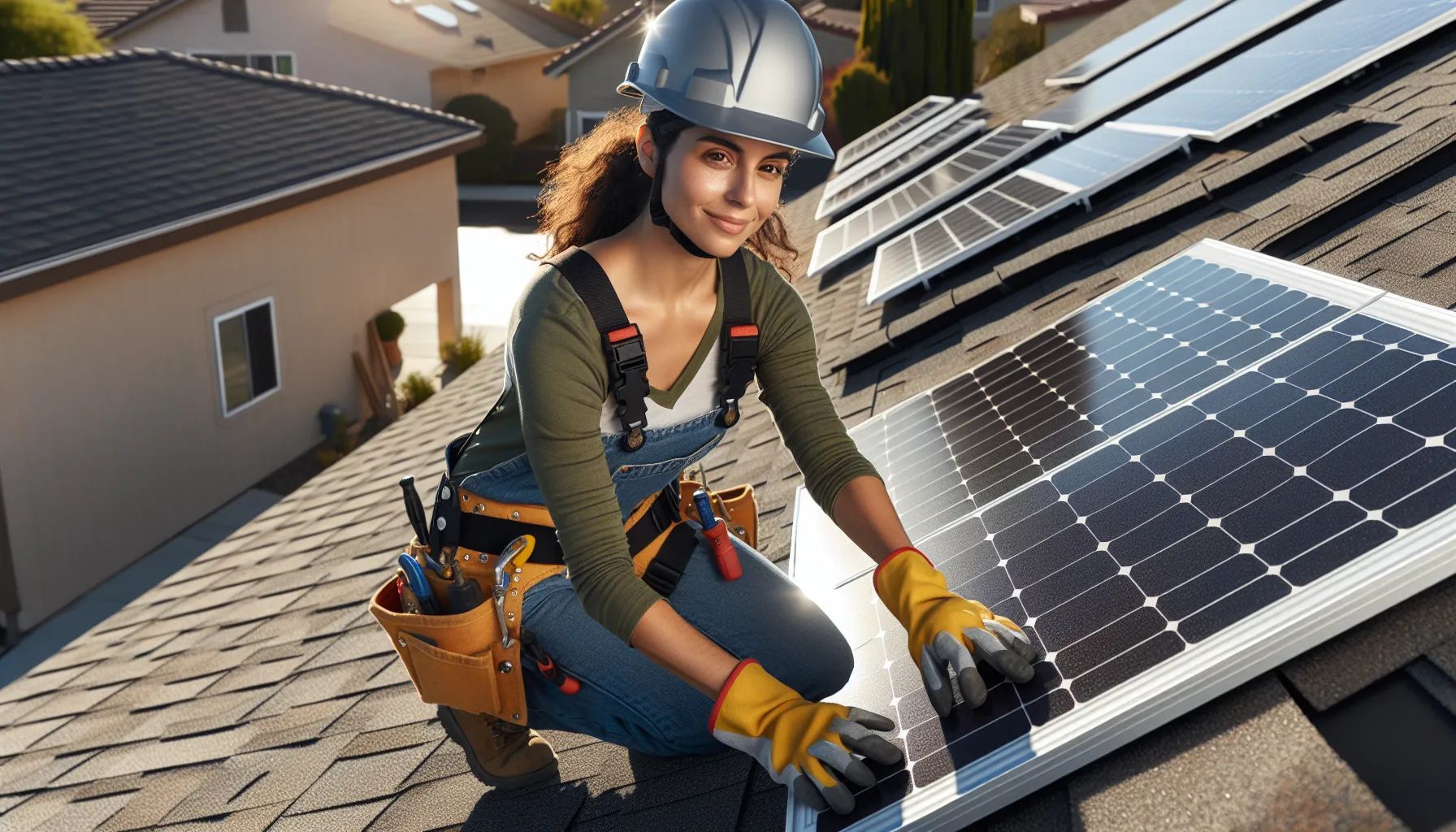
Solar panel installation doesn't automatically void your roof warranty if you follow proper procedures and work with qualified professionals. We'll explore the essential steps to maintain your warranty coverage while adding solar panels to your home.
Working with Certified Installers
Certified solar installers protect your roof warranty through specialized training and adherence to manufacturer guidelines. These professionals understand the specific requirements for different roofing materials and mounting systems.
Experienced installers follow roofing manufacturer instructions for every penetration and anchor point. They use approved mounting hardware that distributes weight properly across your roof structure. Professional installation teams document each step of the process to demonstrate compliance with warranty requirements.
Solar installers with proper certifications carry liability insurance that covers potential roof damage. Their workmanship guarantees protect the areas where they've modified your roof structure. These guarantees typically cover 10-25 years for mounting points and flashing installations.
Choose installers who specialize in your specific roof type. Metal roofs require different mounting techniques than asphalt shingles or tile roofs. Certified professionals understand these differences and adjust their installation methods accordingly.
Getting Written Approval from Manufacturers
Written approval from your roofing manufacturer establishes clear permission for solar panel installation. Contact your warranty provider before scheduling any solar work to understand their specific requirements.
Submit detailed installation plans that include mounting locations and hardware specifications. Manufacturers review these plans to ensure compatibility with their roofing systems. Approval documents typically specify approved mounting methods and flashing requirements.
Request confirmation that your warranty remains valid after solar installation. Get this confirmation in writing before work begins. Some manufacturers require their approved contractors to inspect the installation.
Keep all approval documentation with your warranty paperwork. These records prove compliance if you need to file a warranty claim later. Share copies with your solar installer to ensure they follow the approved specifications exactly.
Best Practices for Maintaining Both Warranties
Protecting both solar panel and roof warranties requires careful planning and consistent maintenance. We'll explore proven strategies that safeguard your investment while ensuring both warranties remain valid throughout their terms.
Documentation and Communication
Document every interaction between your roofing company and solar installer before installation begins. Request written confirmation from your roofing manufacturer that specifies approved installation methods for solar panels on your specific roof type. Share this documentation with your solar installer to ensure compliance with manufacturer requirements.
Coordinate a pre-installation meeting between both contractors to establish clear responsibilities. Create a detailed installation plan that includes mounting locations, penetration points, and sealing methods. Submit this plan to your roofing warranty provider for approval at least 30 days before installation.
Maintain a comprehensive warranty file containing all approvals, installation photos, and contractor certifications. Include copies of both warranties, installation invoices, and any correspondence about the solar installation. Store digital copies in multiple locations for easy access during future claims.
Establish communication protocols for ongoing maintenance between both warranty providers. Schedule annual joint inspections where both contractors can assess their respective systems. Document these inspections with dated photos and written reports for your warranty records.
Regular Inspections and Maintenance
Schedule professional roof inspections twice yearly to identify potential issues early. Focus inspections on mounting points, flashings, and areas beneath solar panels where debris accumulates. Professional inspectors check for loose hardware, damaged seals, and signs of water intrusion around penetrations.
Perform visual inspections monthly from ground level using binoculars. Look for displaced panels, visible damage to mounting hardware, or accumulated debris. Document any concerns with photos and contact appropriate contractors immediately for assessment.
Clean solar panels quarterly to prevent moisture buildup that damages roofing materials. Remove leaves, branches, and other debris from panel edges where water pools. Professional cleaning services use proper techniques that protect both solar equipment and roofing surfaces.
Monitor your attic for signs of water intrusion after heavy rainfall. Check areas directly beneath solar panel mounting points for moisture, stains, or dripping water. Early detection prevents extensive damage and maintains warranty coverage for both systems.
Create a maintenance log tracking all inspections, cleanings, and repairs. Record dates, findings, and actions taken for each maintenance activity. This documentation proves proper care during warranty claims and helps contractors identify recurring issues.
Conclusion
Solar panels don't automatically void your roof warranty but they do require careful planning and professional installation. We've seen that major manufacturers support solar installations when proper procedures are followed and documentation is maintained.
The key to protecting your investment lies in working with certified installers who understand both roofing and solar requirements. They'll ensure proper mounting techniques and obtain necessary approvals before starting work.
Remember that communication with your warranty provider is essential. Getting written approval and keeping detailed records will safeguard your coverage for years to come. Regular maintenance of both your roof and solar system also plays a crucial role in preserving warranty protection.
By following manufacturer guidelines and maintaining open dialogue with all parties involved you can enjoy the benefits of solar energy without sacrificing your roof's warranty coverage. The investment in proper installation and documentation today will pay dividends through decades of protected solar savings.
Will installing solar panels automatically void my roof warranty?
Not necessarily. Most major roofing manufacturers allow solar installations when performed by certified professionals following approved methods. The key is proper installation with manufacturer-approved mounting systems and obtaining written permission before installation. Many warranties remain valid if you follow the correct procedures and use qualified installers.
What types of roof warranties exist?
There are three main types: material warranties (covering defects for 20-50 years), workmanship warranties (protecting against installation errors for 2-10 years), and enhanced warranties (combining both for extended protection). Each has specific terms, conditions, and exclusions that homeowners should understand before solar installation.
How much weight do solar panels add to my roof?
Solar panels typically add 2-4 pounds per square foot to your roof load. Modern roofs are generally designed to handle this additional weight, but older structures may require reinforcement. A professional assessment ensures your roof can safely support the panels without compromising structural integrity or warranty coverage.
Which roofing manufacturers allow solar panel installations?
Major manufacturers like GAF, CertainTeed, and Owens Corning permit solar installations when contractors follow specific guidelines. Metal roofing companies often provide pre-engineered mounting points, while tile and slate manufacturers have stricter requirements. Always check your specific manufacturer's policy before proceeding with installation.
What documentation should I keep for warranty protection?
Maintain all written approvals from roofing manufacturers, detailed installation plans, professional certifications, and correspondence between contractors. Create a comprehensive warranty file including maintenance logs, inspection reports, and photos of the installation process. This documentation is crucial for future warranty claims and property transfers.
How often should I inspect my roof after solar installation?
Schedule professional roof inspections twice yearly and perform monthly visual checks yourself. Clean solar panels quarterly and monitor your attic for water intrusion signs. Regular maintenance and documented inspections help preserve both roof and solar panel warranties while ensuring optimal system performance.
